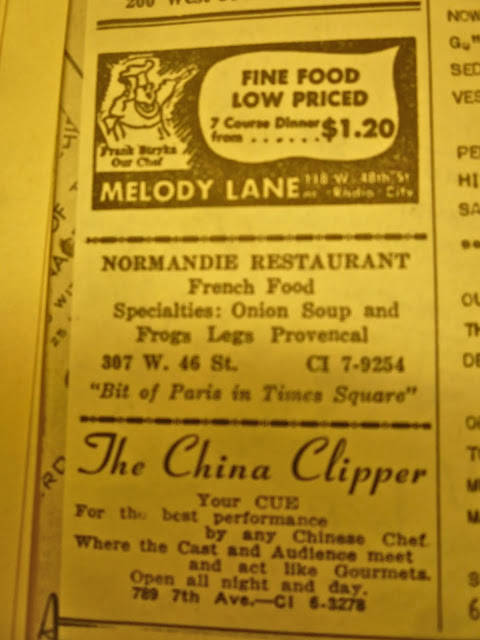Anyone who understands this City better than Michael Bloomberg—and that's just about everybody with a New York address—could instantly comprehend why hiring an Italian company to reinvent Coney Island was a boneheaded idea. You don't bring in a foreigner, with no intrinsic feeling for the nature Coney Island—an iconic, ur-American place if there ever was one—to fix it. It's just common sense. You get a New Yorker. Someone with horsesense and a heart. (Of course, this is the same City Hall that hired a Spanish company to design our newsstands and bus shelters.)
If anybody needed proof that the company, which goes by the nauseating name of Central Amusement International, was going to get it wrong, the
New York Times has very helpfully provided solid proof. CAI is going to shut down Ruby's Bar & Grill and six other Coney boardwalk attractions this summer. Why?
"We will never make Disney here," said Valerio Ferrari, the president of CAI, seeming to indicate that Disney is a desirable goal. "But it will be something more...refined, cleaner. A little more year-round, if it’s possible, with sit-down restaurants and sports bars."
Refined. Cleaner. Sit-down restaurants. Sports bars.
Need I say more? He grasps the essence of Coney Island just about as well as cats grasp the game of fetch. What places in the the United States have a clean collection of sit-down restaurants and sports bars? Oh, right—every place!! What places have bars like Ruby's? None. Ruby's is one of a kind. So are the other businesses. They're Coney boardwalk businesses. They're irreplaceable. A sports bar isn't. Applebee's isn't.
Ferrari said he would keep Nathan's Hot Dogs. Genius! What a great mind at work. (Actually, I bet the City strong-armed him into that one.)
And there's more. "We don’t have the same vision," Ferrari said of the vendors he was shutting down. "They like the way it is, and we don’t." That's clear enough. Of course, his assumption is that his vision is the correct one. He's mistaken.























































